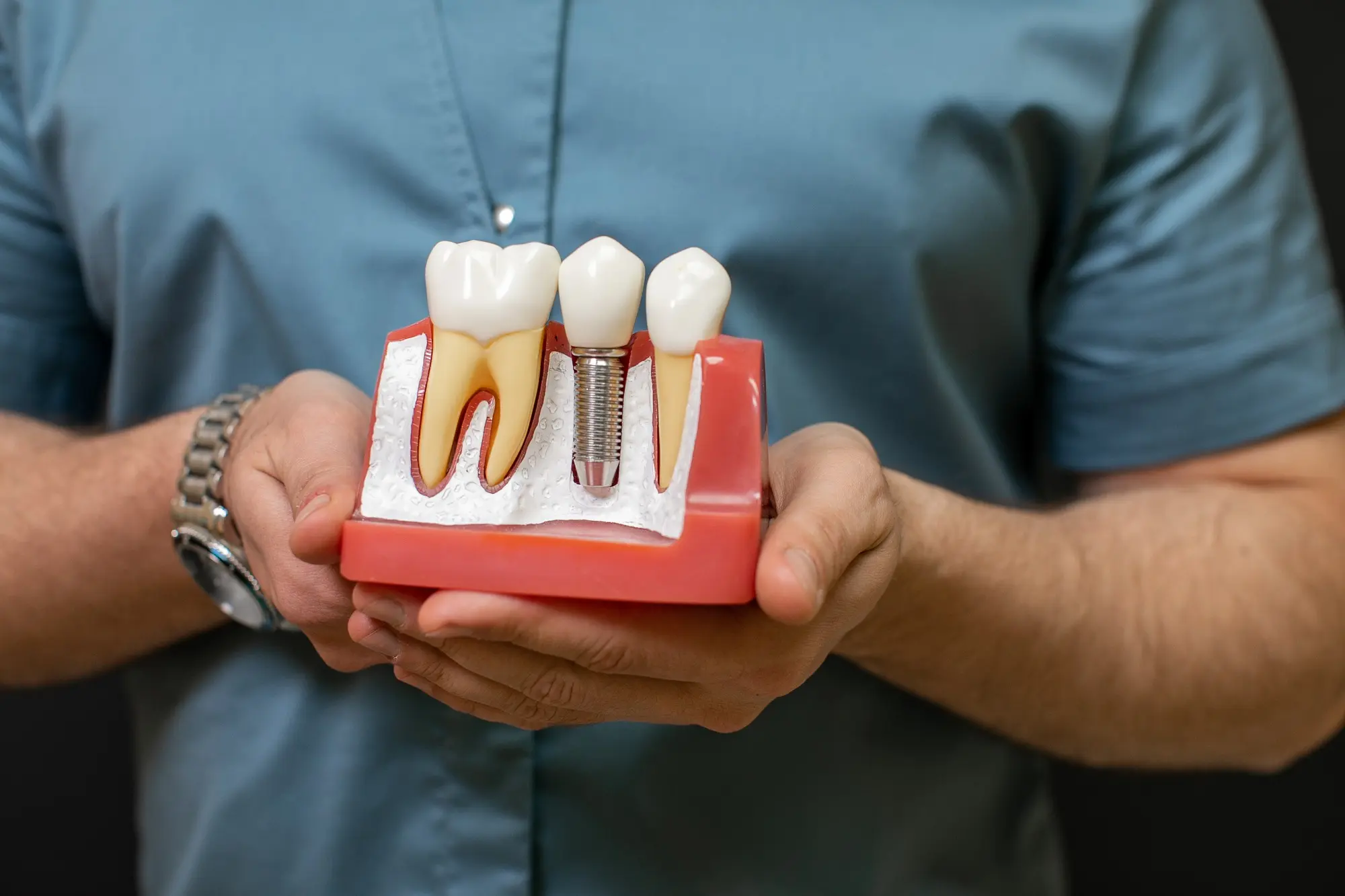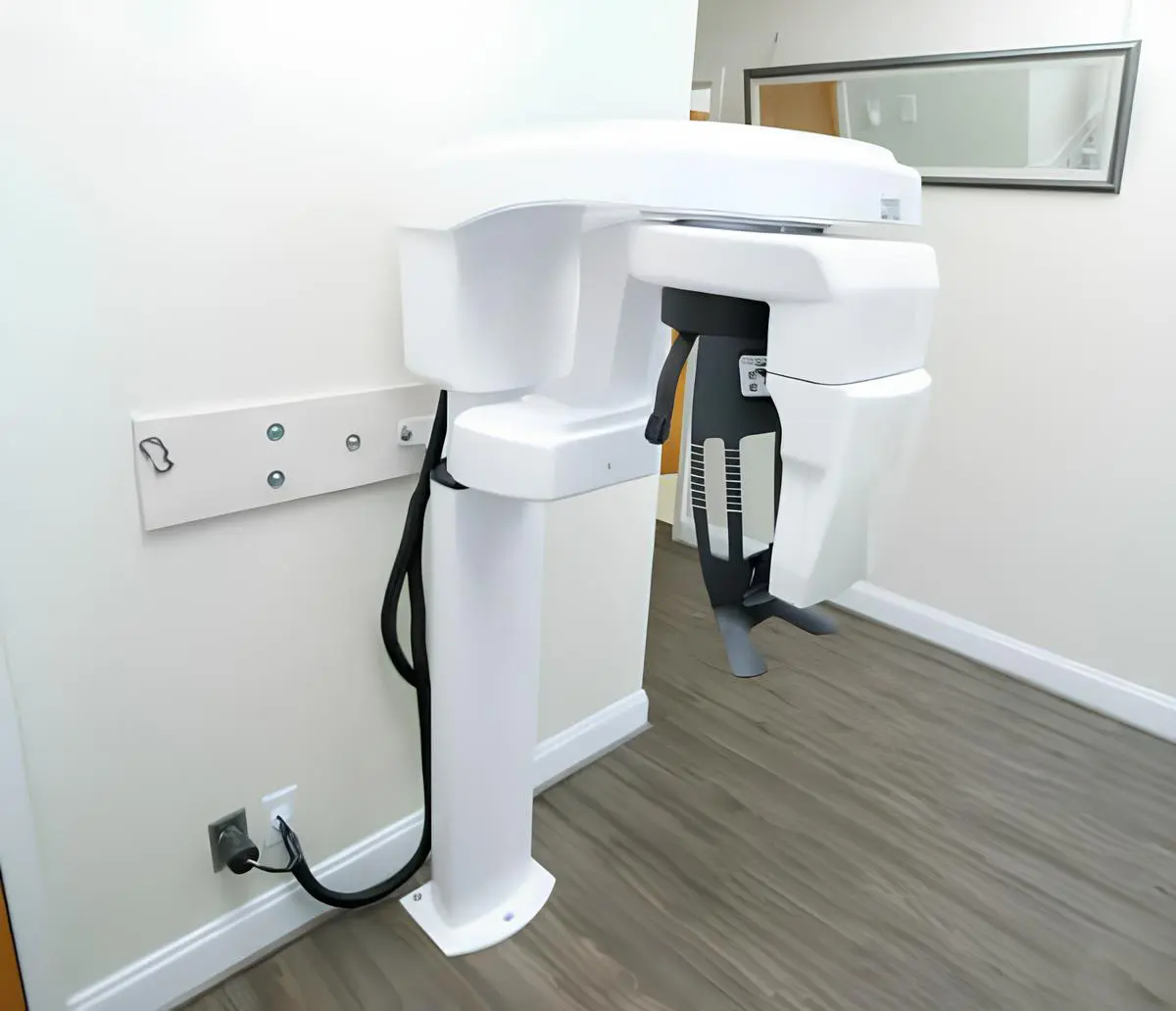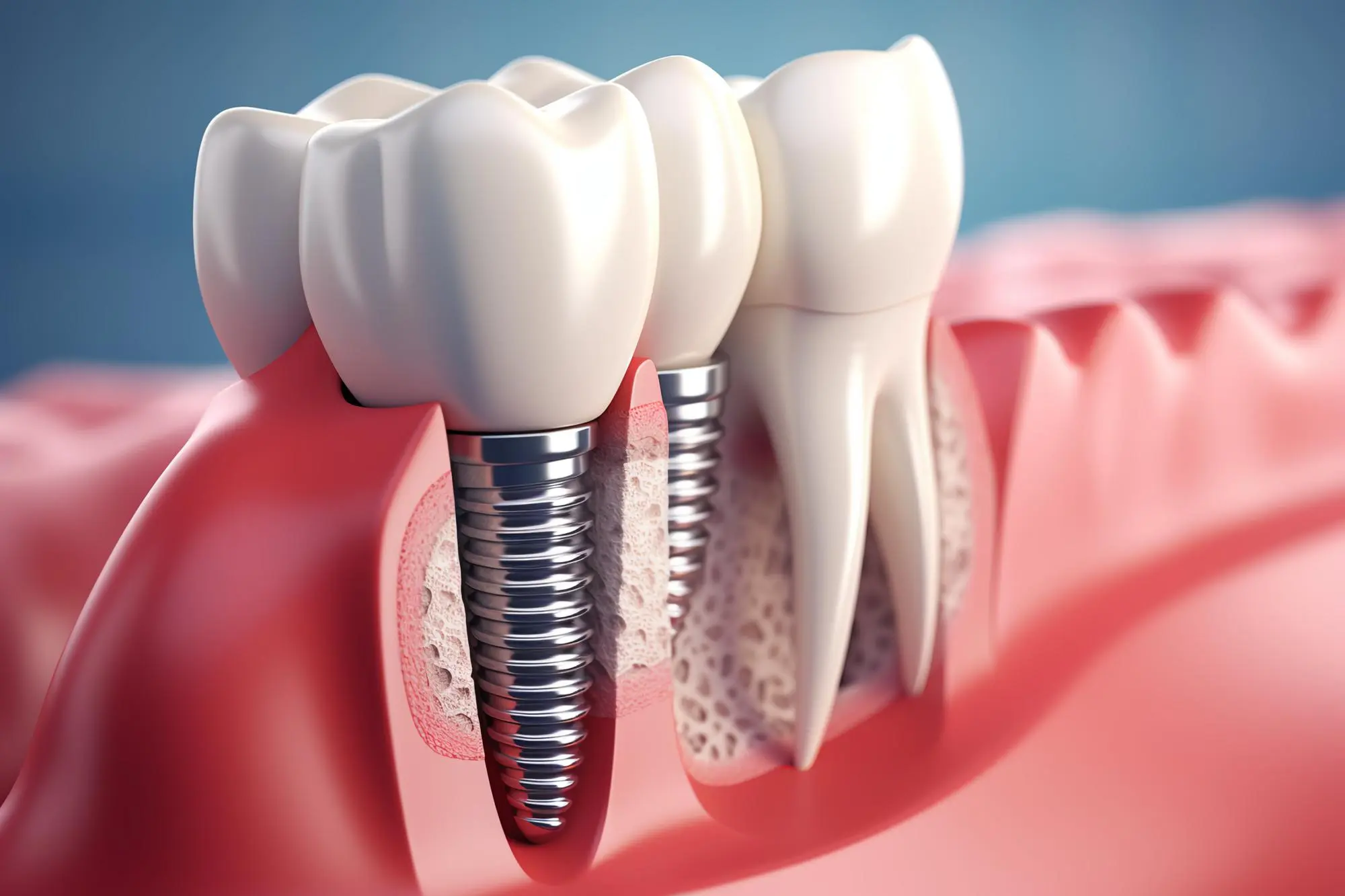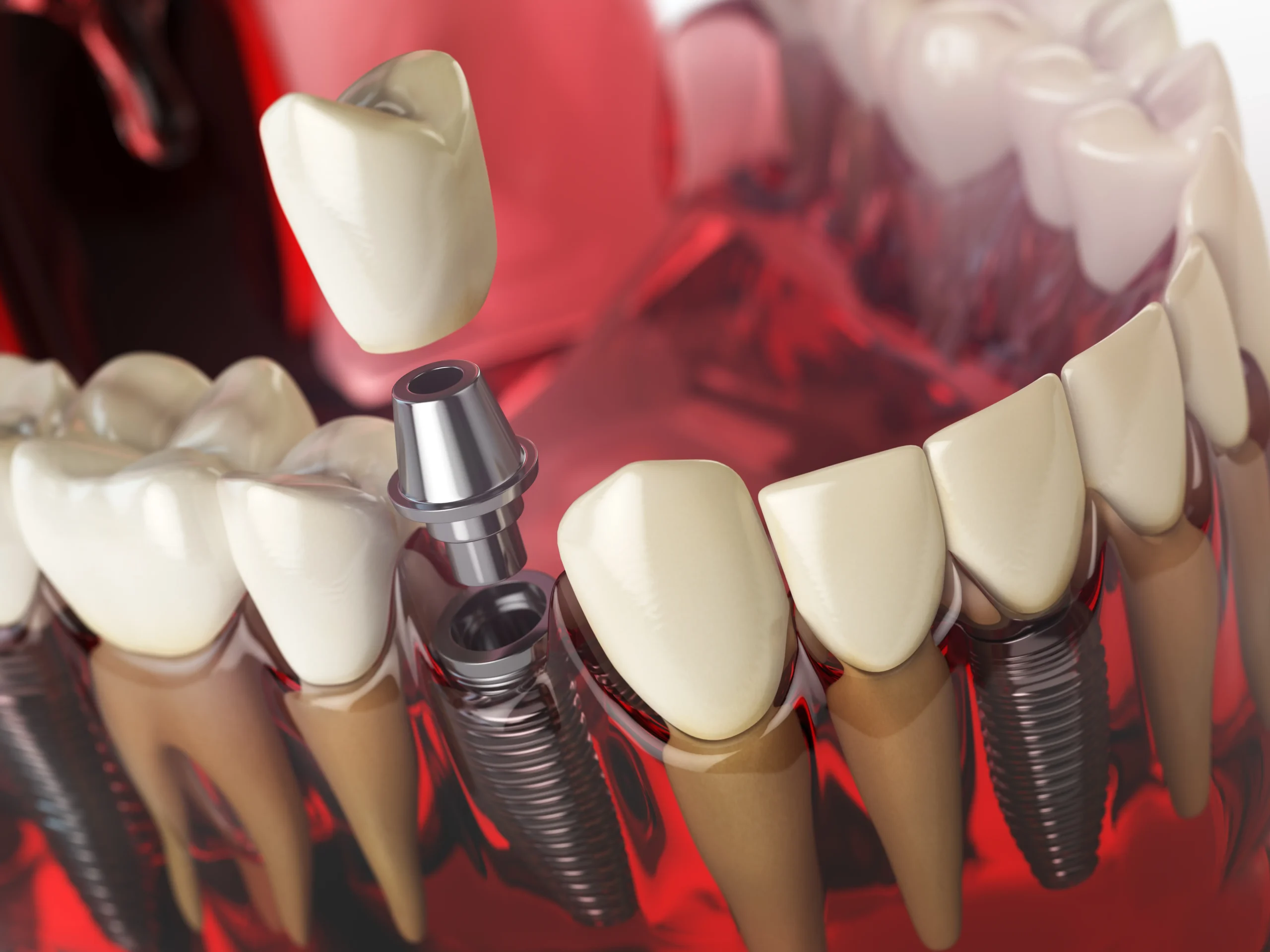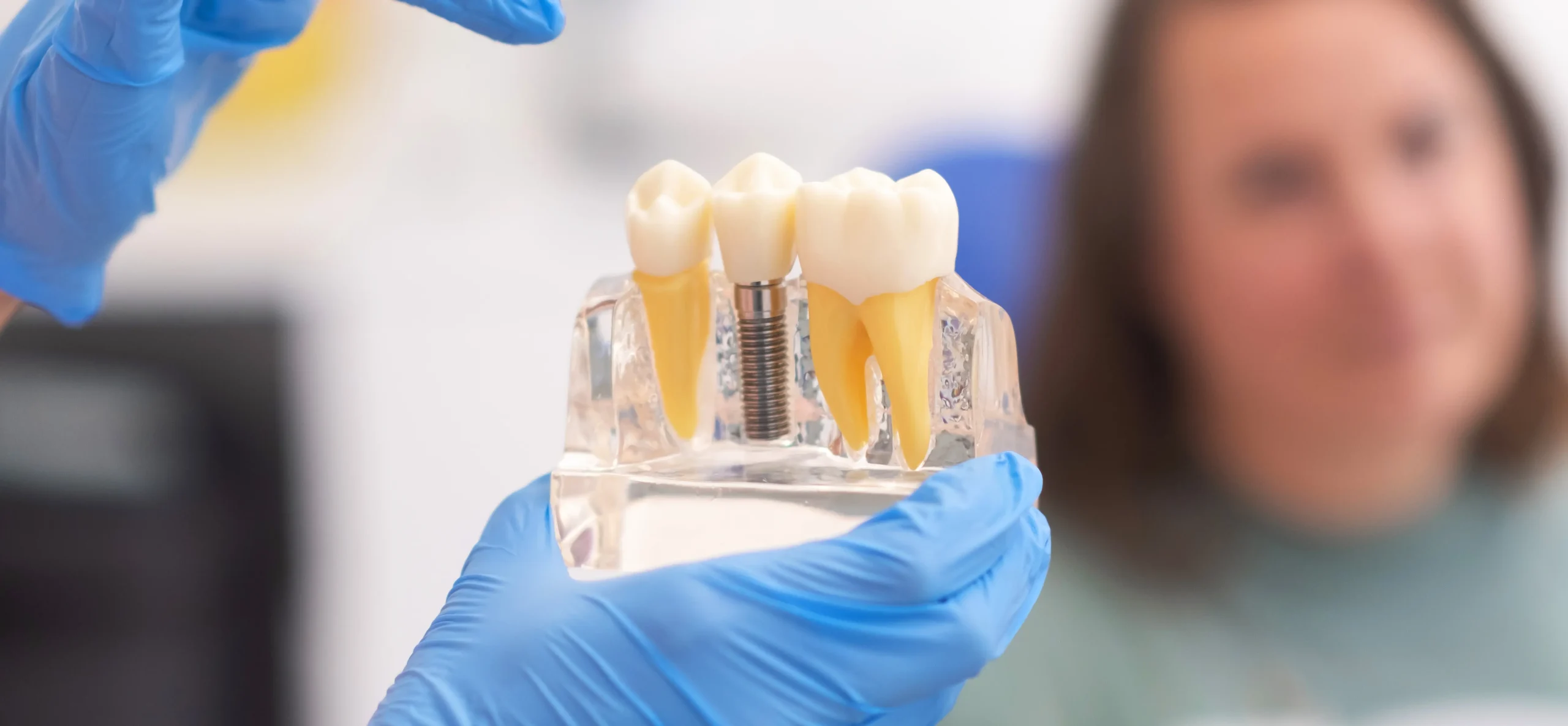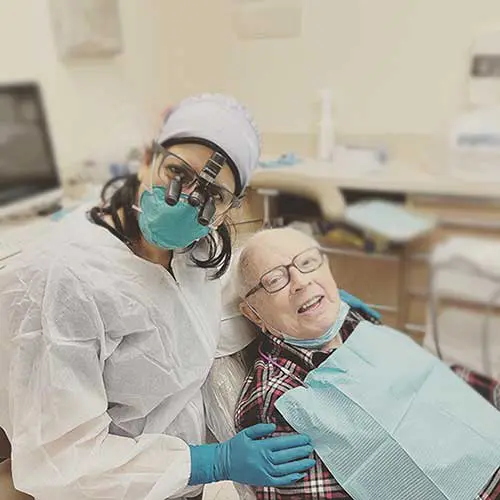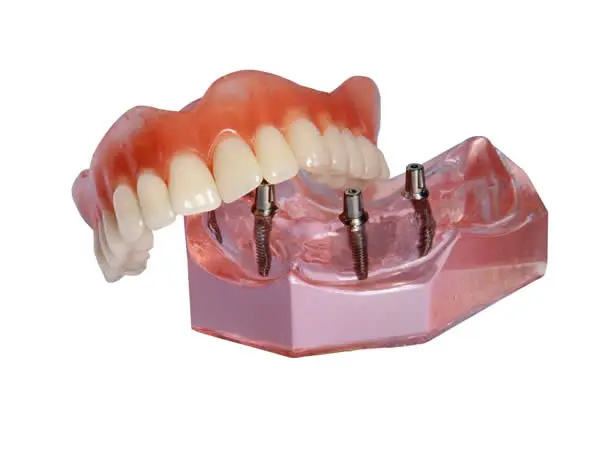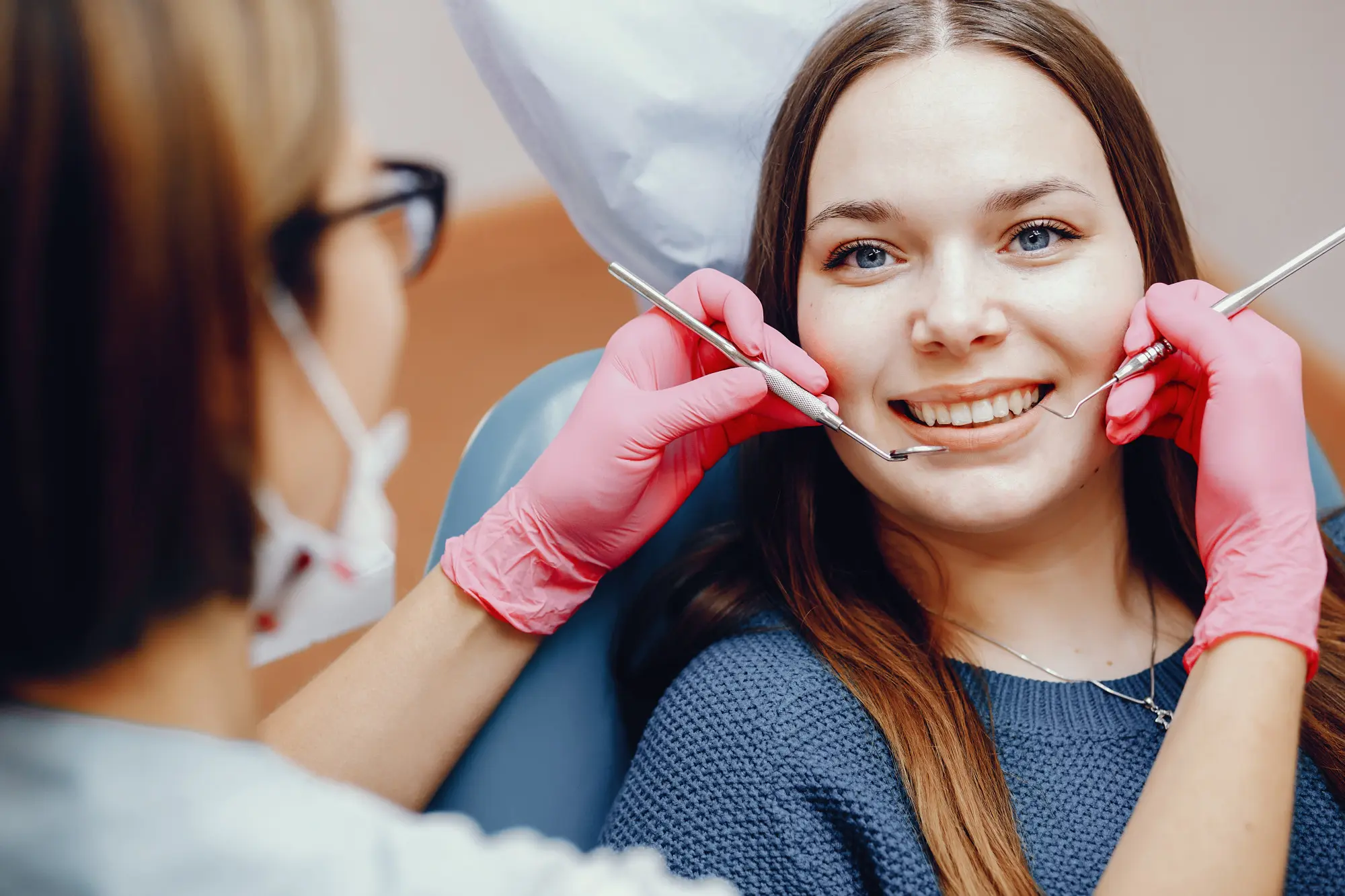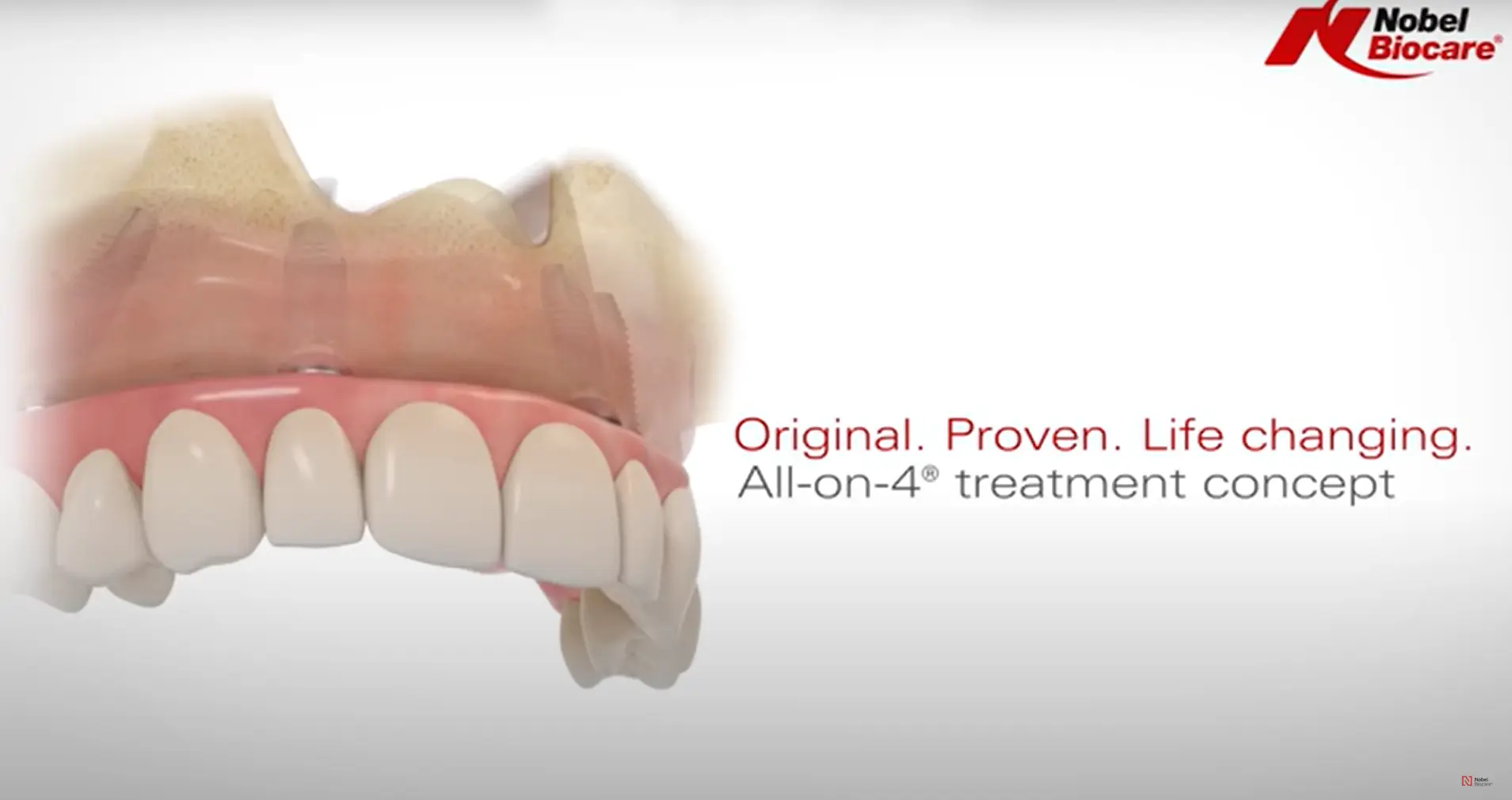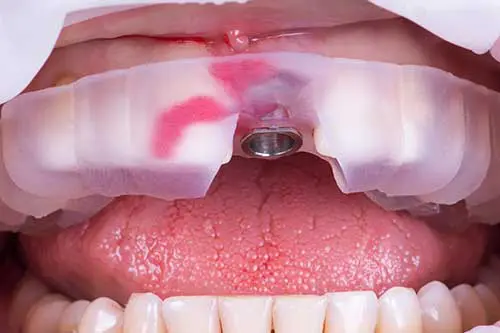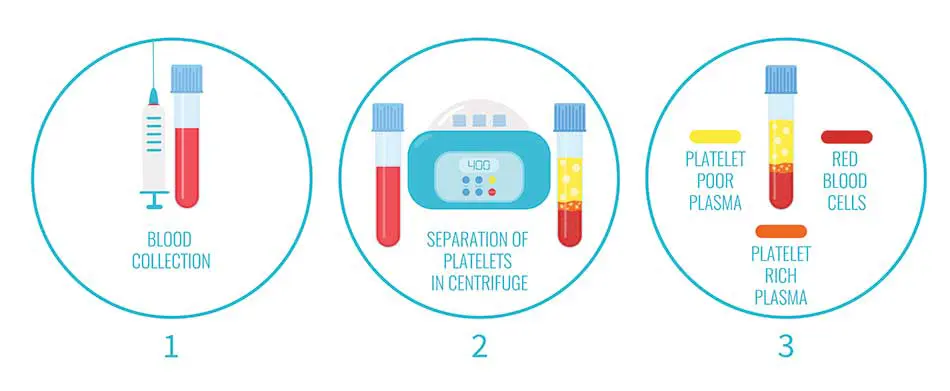Dr. Hina Ali, serving Richmond, has been placing and restoring c for more than a decade.
Be relaxed and comfortable throughout your dental implant procedure.
Plus she offers a wide range of dental implant procedures including single tooth implants, implants for dentures, hybrid implants, All-On-X (Four or Six), snap in dentures, full arch implants and full mouth reconstruction.
Dr. Ali is at the forefront of dental implant technology offering 3D Cone Beam scans for high-precision guided dental implant planning and the use of platelet rich fibrin (PRF) to speed healing.
Dedicated to life-long learning, Dr. Ali has averaged 90 continuing education credit hours (per licensing period) throughout her career; the minimum requirements for the state of Virginia are 15 continuing education credit hours per licensing period! Dr. Ali takes great pride in practicing implant dentistry; she performs sinus lifts, bone grafts and complex bone augmentation procedures.
Find information about dental implants below including costs of dental implants and more.
Dr. Ali uses advanced 3D Cone Beam scans and specialized guided implant software for planning the precise placement of your dental implants.





